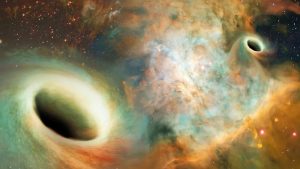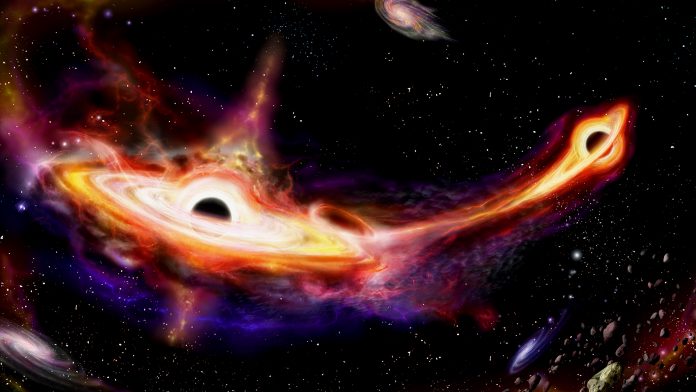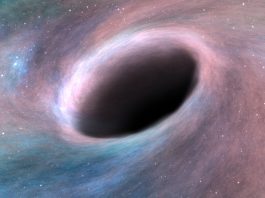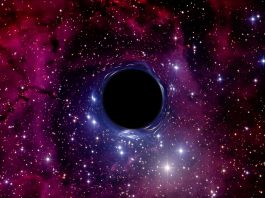Astronomers have observed two giant black holes that are on the way to colliding, being the closest to a cataclysmic meeting scientists have ever seen.
Astronomers have revealed that two Goliath black holes, just 750 light-years apart, are on the way to closing as they circle each other as the result of a galaxy merger. The recently discovered pair are the closest to colliding researchers have ever seen.
The announcement was made in the paper, ‘UGC4211: A Confirmed Dual AGN in the Local Universe at 230 pc Nuclear Separation,’ published in The Astrophysical Journal Letters.
The discovery provides an estimate of how many black holes are nearing collision
While the black holes are regarded as close together in cosmological terms, the Goliaths will not merge for a few hundred million years. For the moment, however, the astronomers’ discovery is able to offer a better estimate of how many cosmological objects are also nearing collision in the Universe.
This improved estimate will allow scientists to observe Universe-wide ripples in space-time known as gravitational waves, the largest of which are developed from supermassive black holes close to collision, as a result of a galaxy merger. By detecting the gravitational-wave background, astronomers will be able to improve estimates of how many galaxies have collided and merged in the Universe’s history.

The team predicts that an abundance of supermassive black-hole pairs exists, generating a major amount of ultra-strong gravitational waves. All that clamour should result in a loud gravitational-wave background far easier to detect than if the population were smaller. The first-ever detection of the background babble of gravitational waves, therefore, may come “very soon,” said study co-author Chiara Mingarelli, an associate research scientist at the Flatiron Institute’s Center for Computational Astrophysics in New York City.
Astronomers observed the short distance between the cosmological objects
The pair reside in a mash-up of two galaxies that collided approximately 480 million light-years away from Earth. Giant black holes live in the heart of most galaxies and grow bigger by engulfing surrounding gas, dust, stars, and even other black holes. The two black holes in this study are gargantuan, weighing in at 200 million and 125 million times the mass of the Sun.
Meeting as their host galaxies collided, eventually, the pair will begin circling each other, with the orbit tightening as gas and stars pass between the two black holes and steal orbital energy. The black holes will ultimately produce gravitational waves far stronger than any that have previously been detected, before crashing into each other to form one jumbo-size black hole.
Previous observations of the merging galaxies only saw a single black hole as the objects are so close together, meaning that scientists could not tell them apart using a single telescope. The new survey combined 12 observations made on seven telescopes, including NASA’s Hubble Space Telescope, which conclusively revealed two distinct black holes.
The pair of cosmological objects were quickly discovered once the astronomers started looking, implying that close-together supermassive black holes “are probably more common than we think, given that we found these two and we didn’t have to look very far to find them,” Mingarelli stated.
The short distance between the newfound objects “is fairly close to the limit of what we can detect, which is why this is so exciting,” Mingarelli said.
“It’s important that with all these different images, you get the same story — that there are two black holes. This is where other studies [of close-proximity supermassive black holes] have fallen down in the past. When people followed them up, it turned out that there was just one black hole. [This time we] have many observations, all in agreement.”









